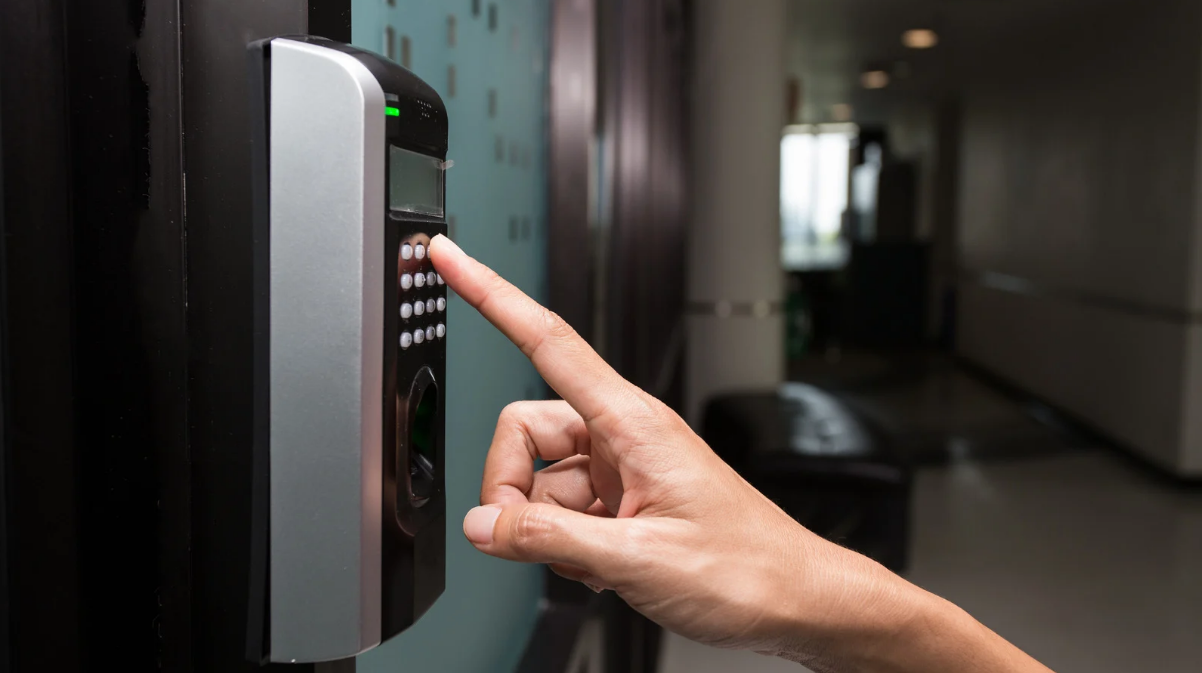Security within apartment complexes has never been more critical as communities grow denser and residents demand both safety and convenience. Modern apartment access control systems are not just about restricting entry—they are about building trust, protecting privacy, and fostering a sense of belonging among tenants. With the rise of smart living technologies, property owners can now choose systems that combine robust protection with effortless management. As security threats evolve, so too must the way we secure residential spaces, moving beyond keys and guards to intelligent, connected systems. The right access control solution empowers communities with the peace of mind that comes from knowing every entry is monitored, verified, and secure.
Apartment Access Control Systems Explained: The Key to Smarter, Safer Living
An apartment access control system is a digital security solution that regulates who can enter specific areas of a residential property. It replaces traditional locks and keys with electronic authentication methods, giving property managers full visibility over who enters and exits the premises. These systems may control access to main gates, lobbies, elevators, parking lots, or even individual units. Unlike traditional locks that are easily duplicated or misplaced, modern access systems ensure only authorized credentials can unlock entry points—significantly reducing the risk of unauthorized access.
Core Functions and Components
Every apartment access control system is built on essential components that work together to create a secure, seamless, and manageable environment for residents and property managers.
- Access Credentials: These include key cards, fobs, PIN codes, mobile apps, or biometric scans that verify a person’s identity before granting entry. They replace traditional keys, offering more control and easier management of user permissions.
- Entry Points: Access systems can be installed at multiple locations, such as main gates, lobby doors, parking areas, elevators, and even individual apartment units. Each entry point is programmed to allow only authorized users at designated times.
- Software Management: Cloud-based management platforms enable property administrators to monitor activity, adjust access rights, and generate entry logs in real time. This allows for remote control and quick response to security events.
- System Integration: Modern access control solutions integrate with intercoms, CCTV, visitor management, and emergency systems to form a unified security network. This ensures complete visibility, faster incident response, and a safer community overall.
Why Access Control Is Essential in Multi-Tenant Buildings
In multi-tenant properties, access control plays a vital role in maintaining order, protecting residents, and ensuring that every part of the community operates securely and efficiently.
- Enhanced Safety and Accountability: Access control systems track who enters and exits the property, creating an audit trail that strengthens overall building security and fosters a culture of responsibility among residents and staff.
- Reduction of Unauthorized Entry and Property Crime: By limiting access to approved individuals only, these systems greatly minimize risks such as break-ins, trespassing, and theft within shared or private areas.
- Improved Tenant Satisfaction and Property Value: A well-secured environment attracts quality tenants, increases retention rates, and enhances the reputation and market value of the property.
- Easier Management for Landlords and Building Admins: Digital systems simplify daily operations by allowing administrators to issue, modify, or revoke access instantly—saving time, reducing costs, and eliminating the hassle of physical key management.
The Different Types of Apartment Access Control Systems
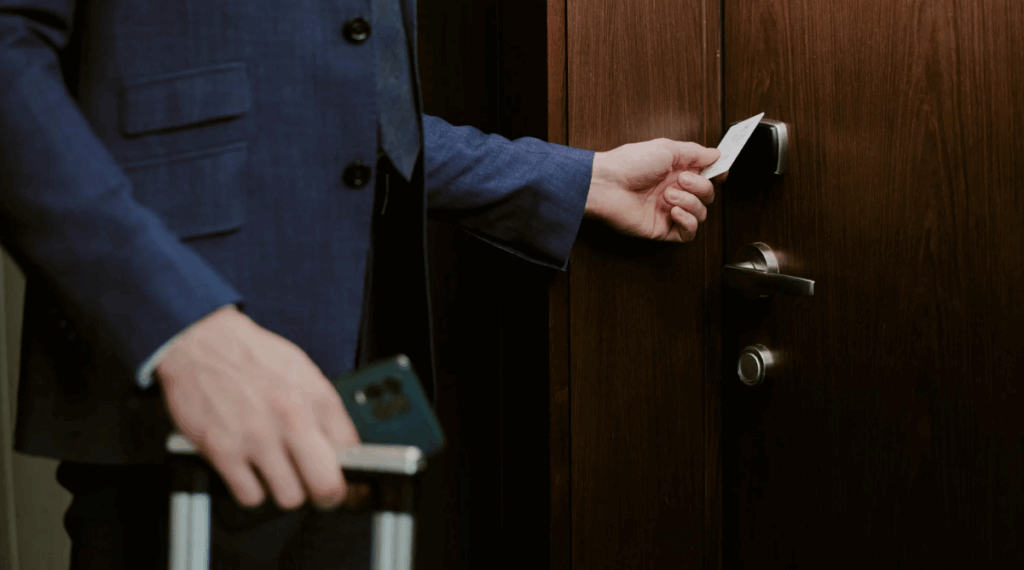
Apartment access control comes in several forms, each designed to meet different levels of security, convenience, and management needs within residential communities.
1. Key Card & Fob Systems
Key card and fob systems are among the most familiar forms of electronic access control. Users are issued RFID-enabled credentials that unlock doors when presented to a reader. They are easy to manage and ideal for mid-sized to large apartment complexes. Lost cards can be quickly deactivated, eliminating the risk of unauthorized entry. However, while they offer strong physical control, they lack advanced data reporting and may not integrate seamlessly with cloud or mobile systems.
2. PIN Code and Keypad Systems
PIN-based systems require residents or staff to enter a code to gain access. They are cost-effective and simple to install, making them suitable for smaller apartment buildings or secondary entry points. However, they are vulnerable if codes are shared or not updated regularly. For improved security, many buildings pair keypad access with secondary authentication methods like cards or mobile credentials.
3. Mobile-Based Access Control
Smartphone-based systems are rapidly becoming the preferred choice for modern apartments. Using Bluetooth, NFC, or Wi-Fi, these systems allow residents to unlock doors via a secure app—no physical key or card required. Property managers can issue virtual keys instantly and revoke them just as easily, all from a centralized dashboard. They also enable remote access management, making them perfect for communities that value convenience, efficiency, and touchless operation.
4. Biometric Access Systems
Biometric systems identify users through unique biological traits such as fingerprints, facial recognition, or iris scans. They deliver unmatched security because credentials cannot be lost, duplicated, or shared. These systems are ideal for luxury residences and high-security properties. Although installation costs are higher, the long-term benefits—enhanced safety, automation, and reliability—often justify the investment.
5. Cloud-Based Access Systems
Cloud-based systems are the backbone of next-generation apartment security. By hosting control software remotely, these systems enable property managers to monitor, update, and manage multiple sites from any device. Features like real-time alerts, audit logs, and software integration make them an all-in-one security management platform. Their scalability and flexibility make cloud access ideal for large communities and property portfolios seeking centralized oversight.
Factors to Consider When Choosing an Apartment Access Control System
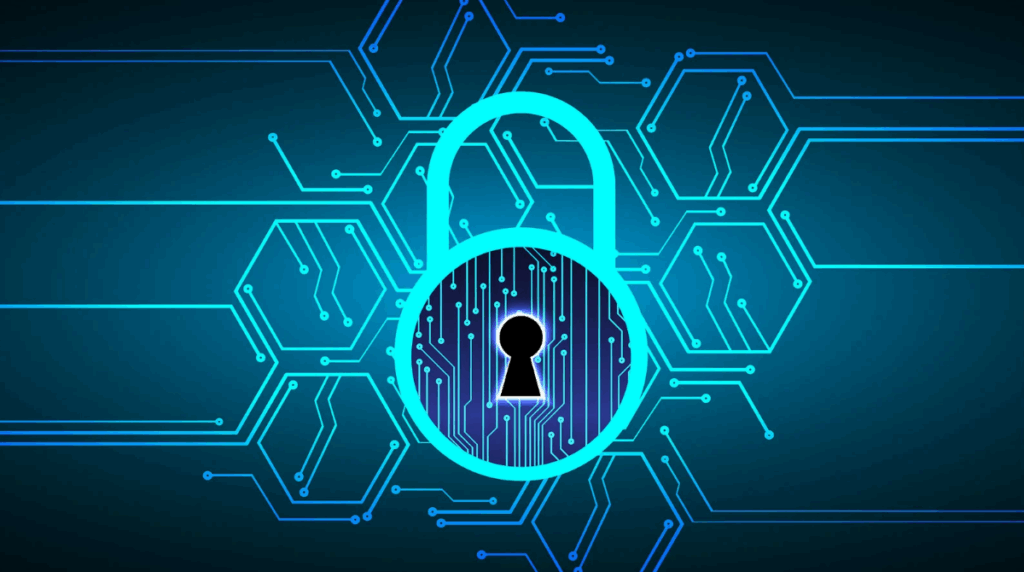
Selecting the right access control solution requires understanding your property’s unique needs, balancing security goals with practicality, and ensuring long-term scalability.
1. Security Level & Threat Assessment
Before selecting a system, property owners should assess the specific security challenges of their complex. Factors such as building size, number of residents, number of entry points, and previous incidents all influence the level of protection required. A professional security provider can conduct a risk assessment to identify vulnerabilities and recommend the right combination of hardware and software solutions. This ensures the system not only meets current needs but anticipates future risks.
2. Scalability and Future-Proofing
As apartment communities expand, their security systems must adapt accordingly. Choosing scalable access control solutions ensures that adding new users, entry points, or even entire buildings doesn’t require a complete system overhaul. Cloud and modular systems excel in this regard—they’re easily upgradable, cost-efficient, and capable of supporting new technologies as they emerge.
3. Ease of Use for Residents and Management
No matter how advanced a system is, it must be user-friendly. Residents should find it intuitive to use their credentials, and administrators should be able to manage permissions with minimal training. Modern systems come with mobile apps, dashboards, and automated notifications that simplify everyday operations. Accessibility features should also be considered to accommodate elderly or differently-abled residents.
4. Integration with Existing Infrastructure
A well-designed access control system should complement the building’s existing security framework. Whether you already have CCTV cameras, alarm systems, or intercom networks, look for solutions that integrate seamlessly. Open-API systems allow cross-platform communication, enabling property managers to monitor all security components from a single interface. Integration ensures efficiency, reduces blind spots, and strengthens overall safety.
5. Data Privacy and Cybersecurity
As access control becomes increasingly digital, protecting user data is just as critical as securing physical entry points. Choose systems that use end-to-end encryption, multi-factor authentication, and secure cloud storage. Compliance with data protection regulations such as GDPR or local cybersecurity laws ensures resident privacy is never compromised. A reputable installer will also provide guidance on maintaining network security and performing regular software updates.
6. Cost vs. Long-Term Value
Budget is always a major factor, but focusing solely on upfront cost can lead to higher expenses down the line. Consider total cost of ownership—including installation, maintenance, software licensing, and hardware upgrades. Quality access control systems may have higher initial investment, but they deliver superior ROI by reducing security breaches, management costs, and tenant turnover. Always weigh value against reliability and longevity.
7. Support and Maintenance
Ongoing support is the backbone of any reliable access control system. Choose a provider that offers 24/7 assistance, routine maintenance, and timely software updates. Local expertise is also a plus, ensuring faster response times when service is needed. A strong support partnership means your system will continue to perform optimally for years to come.
How to Compare Access Control Providers and Installers
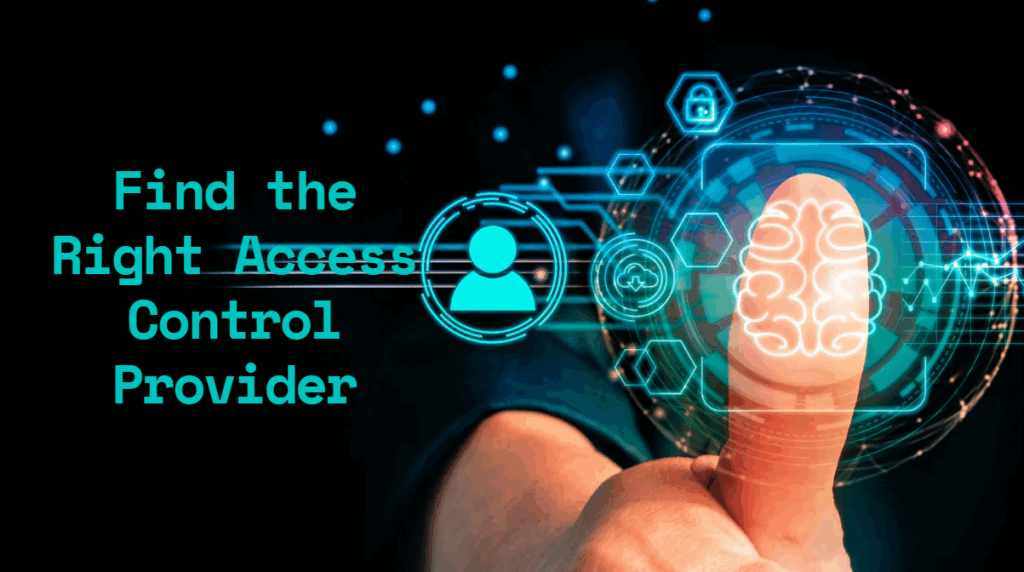
Finding the right installation partner involves more than just pricing—it’s about choosing a provider with the right expertise, reliability, and commitment to your building’s ongoing security.
1. Experience and Credentials
Not all security installers are created equal. Look for providers who specialize in multi-tenant access control and have a proven record in apartment or condominium environments. Verify their certifications, partnerships with top security brands, and customer references. Experienced installers understand the unique dynamics of residential buildings—balancing security with convenience and privacy.
2. Customization and Consultation
Every apartment complex is different. Reputable installers begin with a thorough site survey to assess physical layouts, resident demographics, and management needs. They then design tailored solutions that address these specifics, rather than offering a one-size-fits-all package. Customization ensures that both security and user experience are optimized from day one.
3. Post-Installation Support
A reliable installer provides more than just installation—they offer onboarding, training, and long-term technical support. Property managers and residents should receive clear instructions and hands-on guidance to maximize system efficiency. Regular updates, health checks, and remote troubleshooting help prevent downtime and ensure continuous protection.
4. Warranty and Service Agreements
Before signing any contract, review the installer’s warranty and service-level agreements (SLAs). Understand what coverage includes (hardware replacement, software updates, and emergency response times). A transparent agreement protects your investment and ensures consistent system performance. Choose a provider who values accountability and long-term partnership over quick installations.
Common Mistakes to Avoid When Choosing an Access Control System
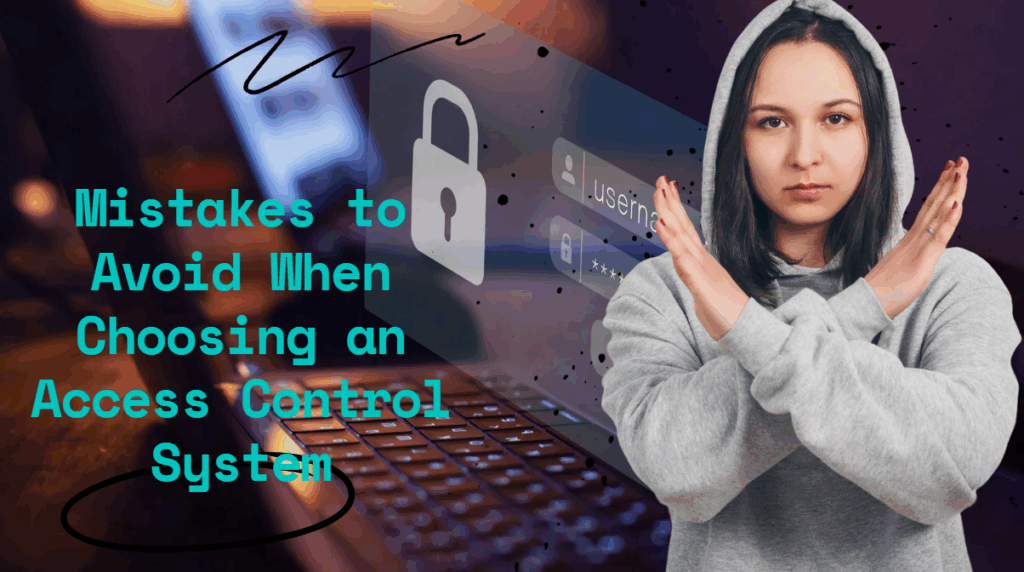
Many property owners overlook key details during selection and installation, leading to costly inefficiencies and gaps in security that could have been easily prevented.
- Ignoring Compatibility: Installing a system that doesn’t integrate with existing infrastructure can create operational silos and inefficiencies.
- Prioritizing Cost Over Quality: Cheaper systems often lack advanced security or reliable support, leading to higher maintenance costs later.
- Neglecting Data Security: Failing to ensure proper encryption and compliance can expose resident data to cyber threats.
- Overlooking User Training: Without proper training, even the most advanced systems can cause frustration or misuse.
- Failing to Plan for Growth: Choose scalable systems to avoid expensive upgrades as your property expands or resident numbers increase.
Final Thoughts: Secure Access, Peace of Mind
Choosing the best apartment access control system is more than a security decision—it’s a commitment to community well-being and modern living. A thoughtfully chosen system protects residents, streamlines management, and elevates property value. By partnering with a trusted security solutions provider, you can ensure your building’s protection is intelligent, adaptable, and future-proof. At Efficient Lowvolt Solutions, we specialize in designing and installing cutting-edge access control solutions that give residents what they deserve—safety, simplicity, and peace of mind in every entry. Contact us today!

